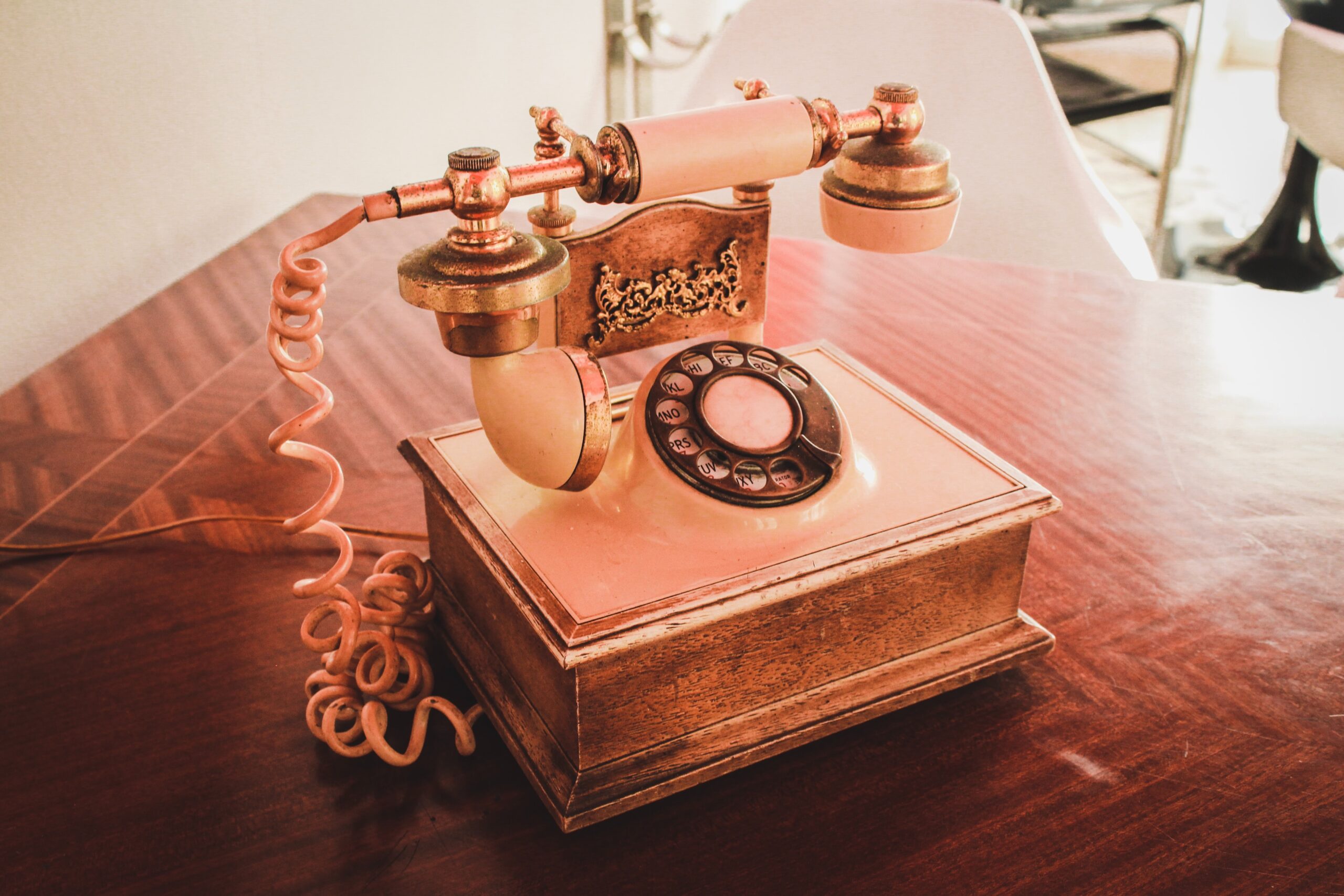Telephone Network
The phone network started in the last part of the 1800s and was alluded to as a regular phone framework (POTS). It was originally simple, yet with the headway in PC innovation, the organization began to convey information along with a voice in the 1980s. It is currently both advanced and simple.
Significant Components
The Telephone systems is made of three significant parts – the neighborhood circles, the trunks, and the exchanging office. The neighborhood circle interfaces the endorser of the closest end office (or nearby focal office) through a bent pair link. It has a data transfer capacity of 4000Hz. The storage compartment is a transmission media that associates exchanging workplaces. It handles a ton of associations through multiplexing. these are typically optical filaments or satellite connections.
The exchanging office lays out an association between two supporters. The association between two supporters isn’t long-lasting and might be made upon demand. Associations are restricted by the complete transfer speed of a transmission media accordingly having extremely durable inactive lines would restrict the administration of the organization.
LATA
The neighborhood phone network is alluded to as Local Access Transport Areas (LATA). LATAs are comprised of numerous nearby circles associated with a pair office. Administrations of CCommonCarriers (phone organizations) inside a LATA are called intra-LATA administrations. These transporters are referred to as Local Exchange Carriers (LEC). LEC needs to types. The Incumbent Local Exchange Carriers (ILEC) is the first organization that set up the LATA. To keep away from the cost of new cabling, Competitive Local Exchange Carriers (CLEC) were permitted to involve the LATA of the ILEC in their administrations.
Administrations between LATAs (Inter-LATA administrations) are dealt with by Interexchange Carriers (IXC), generally alluded to as significant distance organizations. LECs are likewise permitted to become IXCs. To permit various IXCs to utilize a LATA, a Point of Presence (POP) exchanging office is made for each IXC. A guest, who requirements to associate with a beneficiary in another LATA, first interfaces with an end switch and then, at that point, either straightforwardly or through a pair office, to a POP of the guest’s decision. The call then goes from the POP in the guest’s LATA to the POP of the equivalent IXC in the receiver’s LATA then, at that point, down to the exchanging workplaces lastly to the phone of the beneficiary.
Signals
Voice correspondence involved simple signs previously, however, is presently moving to computerized signals. Then again, dialing began with computerized signals (turning) and is presently moving to simple signs (contact book).
Administrations
A typical transporter might give Analog as well as Digital administrations.
Simple Services
Simple Switched Service is the recognizable dial-up assistance most frequently experienced when a home telephone is utilized. Simple Switched administrations incorporate different discretionary administrations. Nearby Call administration is ordinarily accommodated at a level month-to-month rate. Long-distance phone call administrations (calls that need to go through the pair workplaces) are charged per call. 800 administrations are free for the guest and are charged to the callee. 800 administrations are generally utilized by organizations to urge clients to call. 900 administrations are charged to the guest and are regularly more costly than long-distance phone call administrations. This is because the transporter charges two expenses – first in charge of the transporter, second the charge of the callee, for instance, a product organization that charges for specialized help.
Simple Leased Service offers clients the chance to rent a committed line that is for all time associated with another client. In spiEven though actually go through the exchanging office, no dialing is required.
Advanced Services
Exchanged/56 Service is the advanced form of simple exchange help. It permits an information pace of up to 56 Kbps. Shipper and receiver must both buy into this assistance for the association to occur. Since the line is now computerized, the clients needn’t bother with a modem. All they need to utilize is a Digital Service Unit (DSU) which changes the pace of the computerized information sent by a supporter of 56Kbps and encodes it in a configuration utilized by the transporter.

